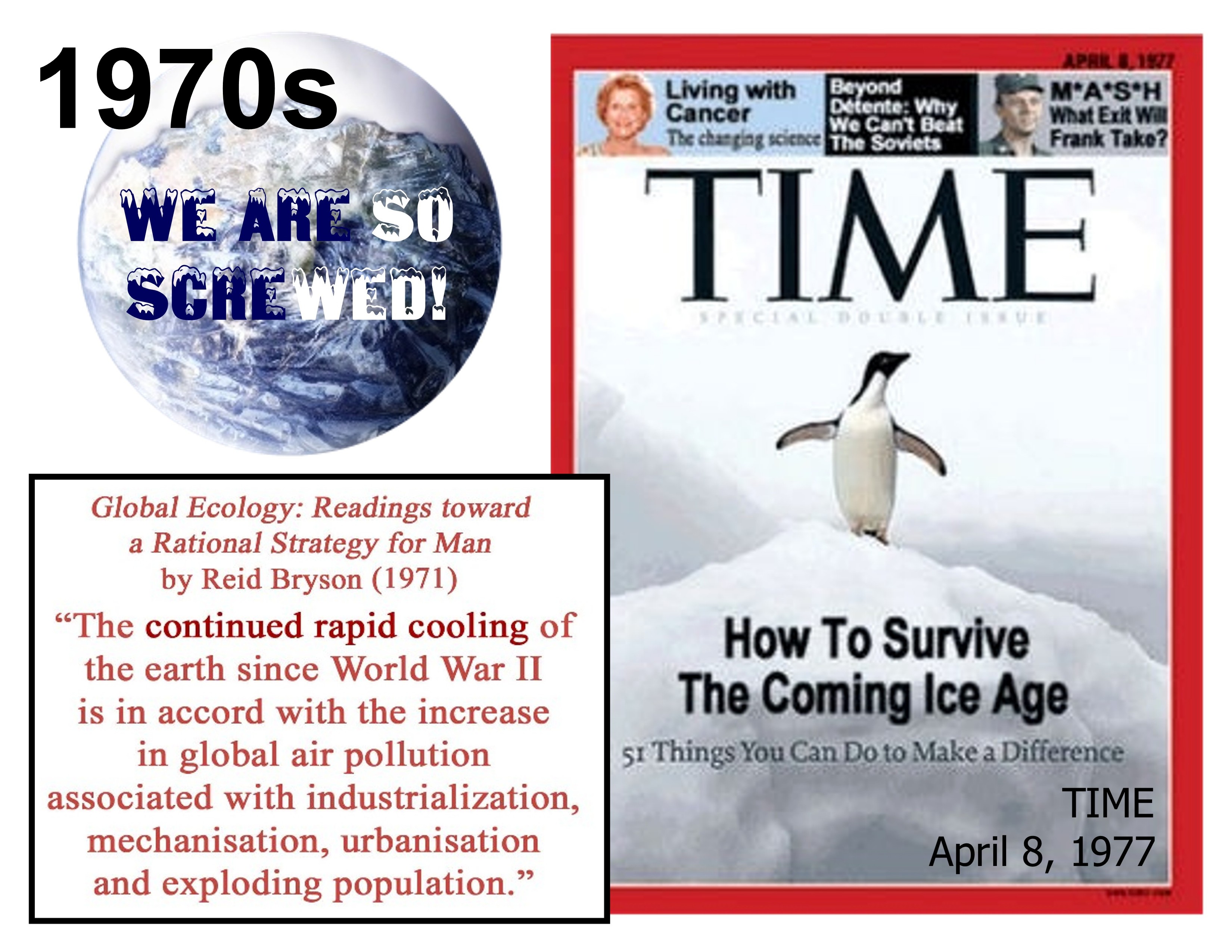Latest climate curriculum for children pushes “emotion” over “rational thinking” – if it FEELS too warm, it must be fossil fuel and meat’s fault
01/09/2023 / By Ethan Huff

Recognizing that there is little, if any, actual science to back the religion known as “climate change,” the Washington State Department of Health (WSDH) has developed new curriculum guidelines for students that urge teachers to focus more on “emotions” as opposed to “rational thinking.”
Part of a five-part “Climate Change & Pregnancy” curriculum, the WSDH’s new climate modules focus on indoctrinating students as to the “intersections of biological, societal and environmental issues.”
“As teachers and students consider the impacts of climate change, we should be mindful of the emotional dimensions of the human experience,” the curriculum explains.
“For too long, science and science education have prioritized my rational thinking. As we delve more deeply into the impacts of climate change using the data [from the Washington Tracking Network] and the practices of the Next Generation Science Standards, we must learn to pay attention to our own emotions and those of other people.”
In other words, critical thinking based on facts is a hindrance to global warming fanatics and their radical agenda. One way to help overcome this is to set critical thinking aside and focus more on feelings concerning the climate.
Emotions “signal alignment or discord between cultural values and technical assertions,” the document goes on to state, adding that ignoring them suggests a level of “arrogance” that can “weaken important relationships for getting things done.” (Related: In order to achieve “climate justice,” Reuters says the world requires much more depopulation.)

Climate change is a blind faith-based religion that has nothing to do with actual science
It is clear from the WSDH’s new climate curriculum that the climate cult is starting to pivot away from the idea that their dogmas have anything whatsoever to do with verifiable science.
Todd Myers, environmental director of the free-market-oriented Washington Policy Center, said this newfound disregard for “rational thinking” in students’ science curriculum will only end up being “disadvantageous to students and society.”
This is an understatement, though. In truth, climate change is a religion that relies almost entirely on blind faith since it is not a settled matter. There are many scientists out there who have presented sound scientific evidence that global warming is not actually real – but they are typically ignored.
Because of this conflict, the global warming cult is developing a new emotions-based system of belief that encourages turning off one’s own brain and sensibilities while embracing fairy tales as fact.
“Saying that we have overemphasized ‘rational thinking’ in what is supposed to be a scientific curriculum is not only foolish, it is harmful to people and the environment,” Myers added in a statement.
“Ultimately, attacking rational thinking is just a way to justify policies that are irrational and unscientific. When the science doesn’t support a policy, advocates can simply claim that we shouldn’t be bound by rationality and should go with our feelings. It is a recipe for policy based on tantrums rather than data.”
In truth, this new approach to climate believism is centered around demagoguery, which by definition is used by malevolent actors to gain “power and popularity by arousing emotions, passions and prejudices of the people.”
Teaching the climate religion in schools is akin to teaching the Bible or the Quran, which leftists oppose because they believe in “separation of church and state.” How, then, can they justify teaching climate fairy tales as truth in the very same setting?
“If you don’t get your kids out of the indoctrination public school system or make a loud and firm stand against the agenda, you don’t get to complain,” one commenter wrote about the matter.
The latest news about the spread of climate insanity can be found at Climate.news.
Sources for this article include:
Submit a correction >>
Tagged Under:
brainwashing, campus insanity, climate change, climate cult, curriculum, emotion, environmental issues, Fact Check, global warming, grooming, indoctrination, left cult, mind control, propaganda, public education, rational thinking, religion, Washington State Department of Health
This article may contain statements that reflect the opinion of the author





















